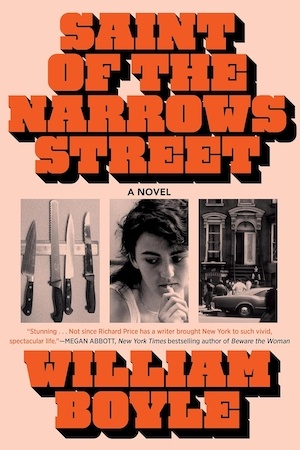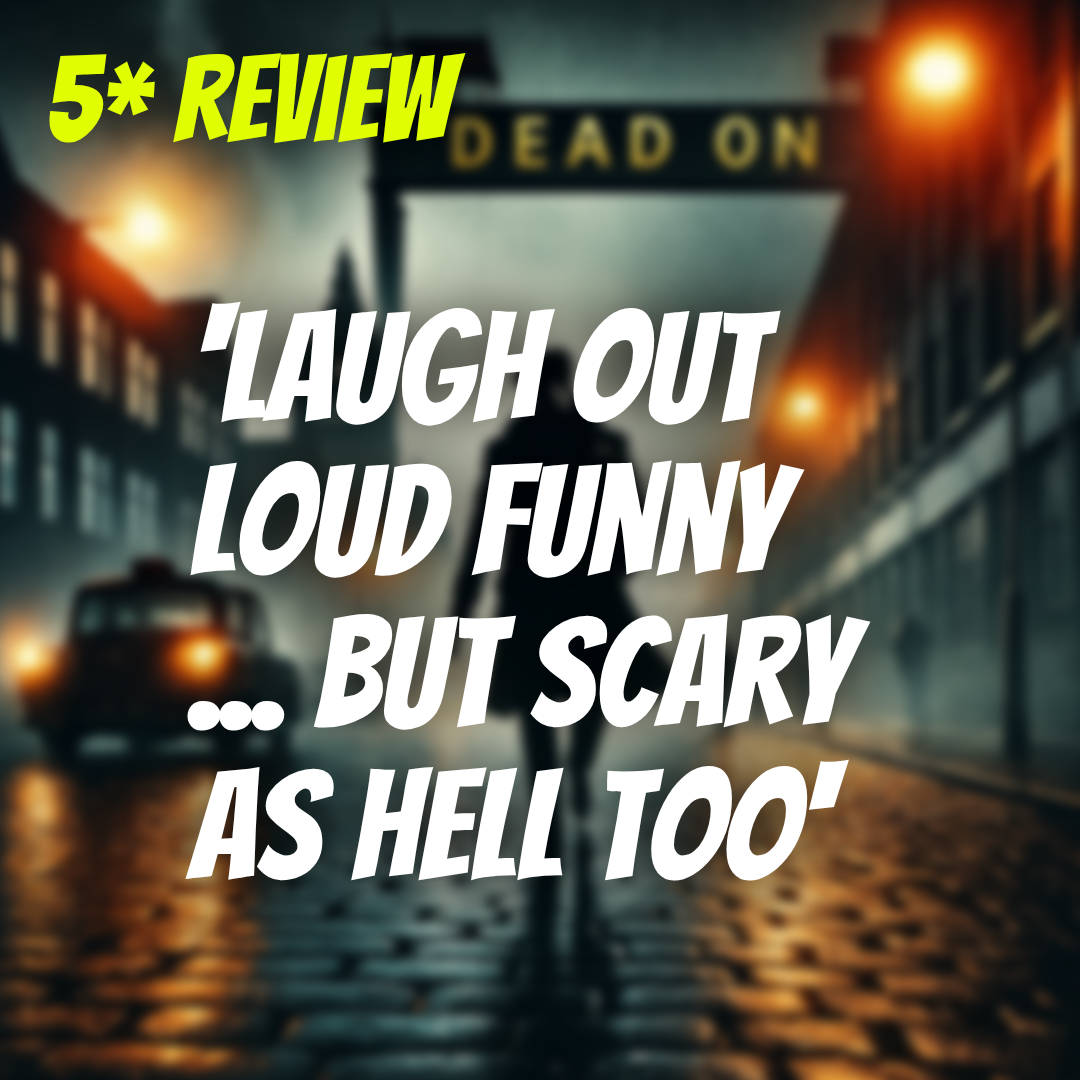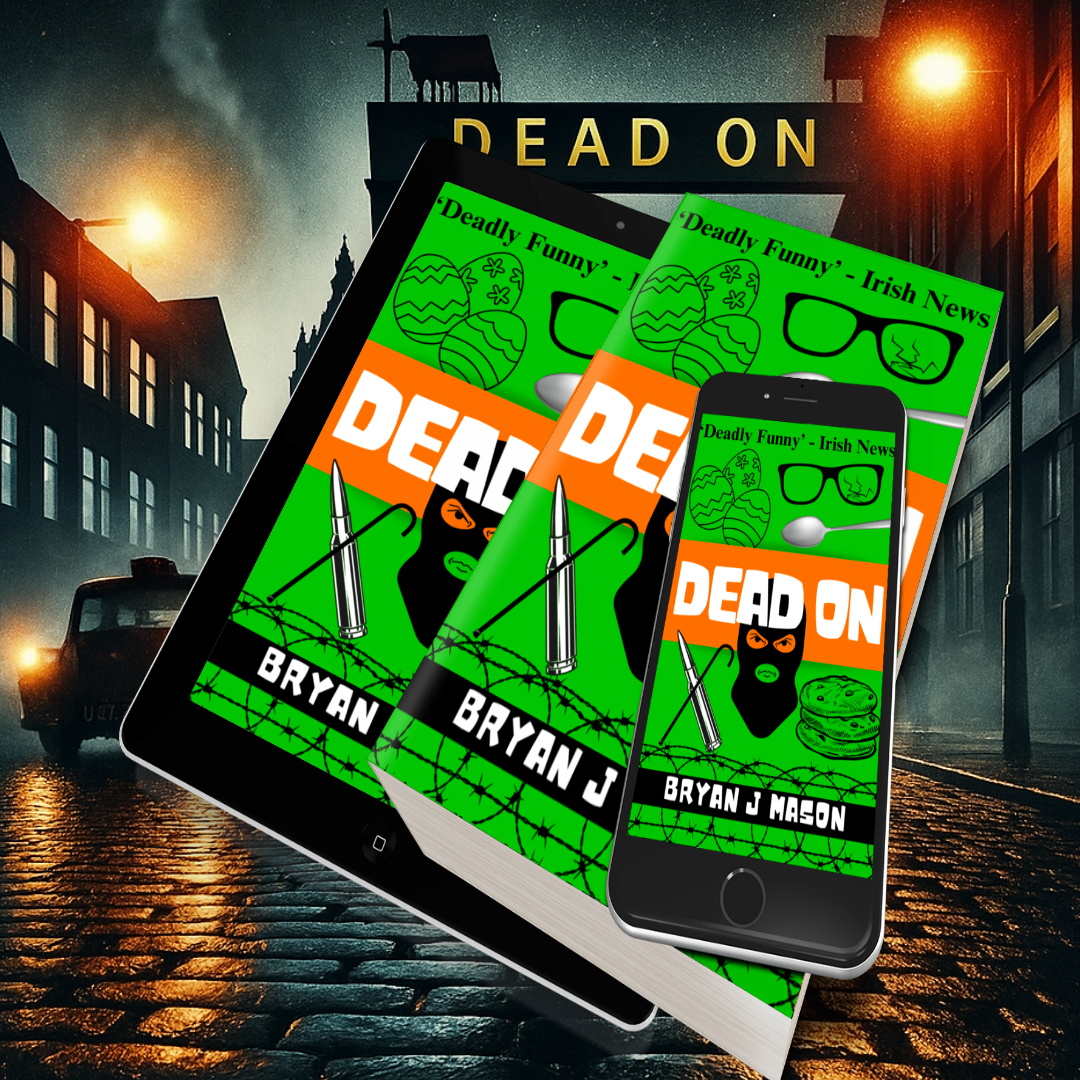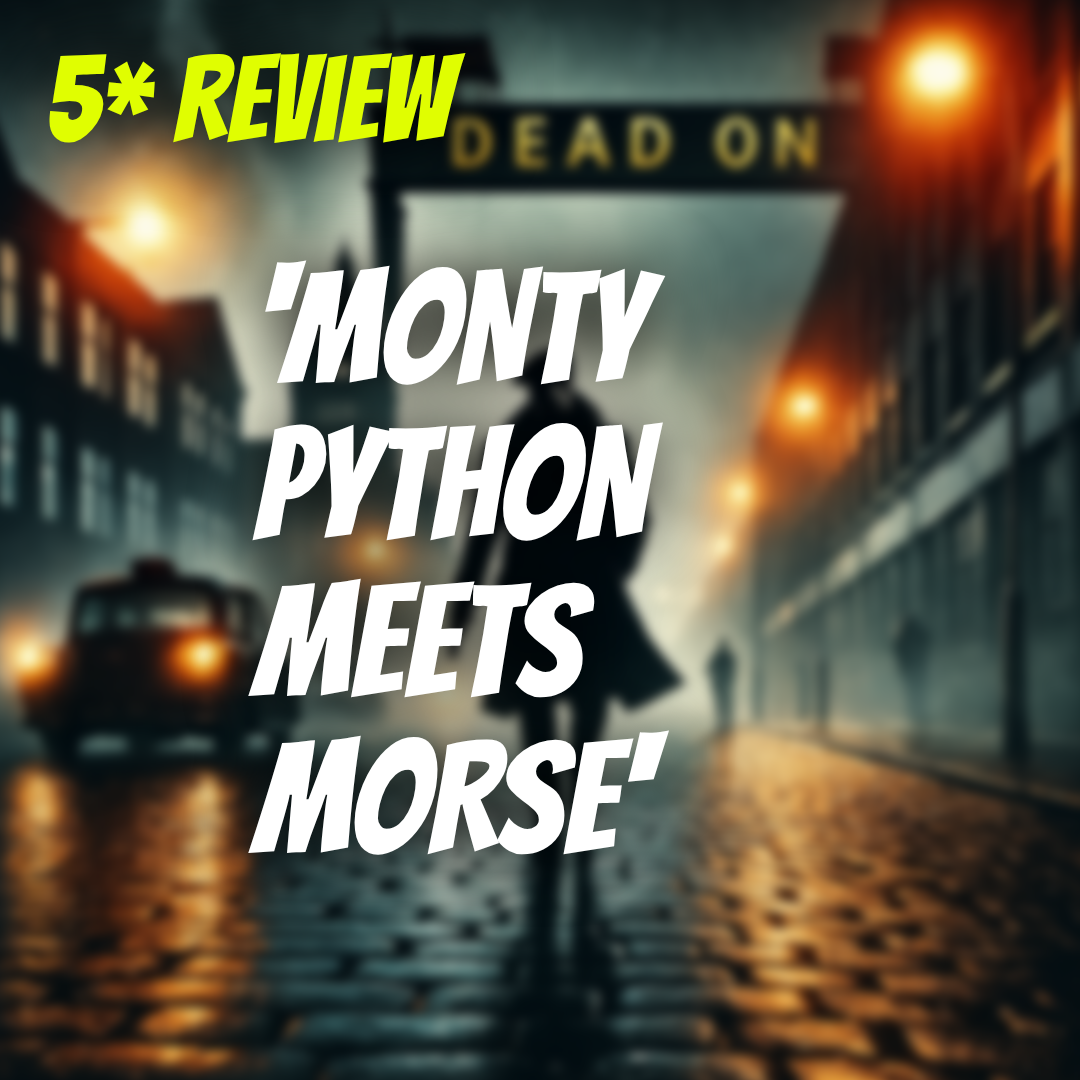
Brooklyn native William Boyle sets his latest novel in Gravesend, a changing part of the New York borough. It has the hallmarks of a classic, reminiscent of great American novels like Dennis Lehane’s Mystic River, and cements Boyle’s reputation as a master of noir.
28-year-old Risa Franzone lives in a ground-floor apartment on Saint of the Narrows Street with her violent and abusive husband, Saverio, and their eight-month-old baby, Fabrizio. Risa knew marrying Sav would be a mistake even before the wedding, but now she’s trapped with a husband who is deeply possessive and controlling. Her parents offer no comfort; in this community marriage, religion and culture are sacred.
During the summer of 1986, Sav arrives home drunk one night and jokingly points a gun at Risa and their son. Later, an argument erupts between Sav and Risa’s younger sister, Gulia. When Risa tries to intervene by hitting Sav over the head with a cast-iron pan, he falls, fatally injuring himself. Panicked, the sisters turn to their kind-hearted neighbour, Christopher ‘Chooch’ Gardini, for help. Chooch, a childhood friend of Sav’s who secretly harboured feelings for Risa, readily agrees to dispose of the body. This split-second, panic-driven decision will haunt them for years to come.
Boyle chronicles the lives of Risa, Giulia, Chooch and Fabrizio over the next 18 years as they grapple with the repercussions of a single night of violence. Following Sav’s death the sisters tell everyone in the neighbourhood that he ran off in the middle of the night.
Sandra Carbonari, the woman he was having an affair with and who he planned to elope with on that same night, isn’t convinced. The rest of the neighbourhood seems to buy their story and life goes on. Giulia moves in with Risa and Fab, and along with Chooch they form a close-knit family unit. For the next eight years all is well, but then Sav’s long-lost, troublemaking brother, Roberto, returns to his parents’ house after he’s been chased away everywhere else. Like Sandra, Roberto isn’t convinced that Sav just up and left never to be seen again and he starts poking around.
Boyle’s characters are flawed, distinctive and real. There’s a familiarity here. Neighbourhoods such as Gravesend and its inhabitants exist everywhere; we feel like we know these people. Risa, the young mother forced to make a terrible choice, embodies the strength and resilience of women in the face of adversity. Giulia, her vibrant younger sister, is haunted by lost love and marries a man out of a sense of duty rather than love. Chooch, the loyal childhood friend, secretly longs for Risa but will never overstep the boundary of their friendship. Fabrizio, the son who grows up in the shadow of his father’s mysterious disappearance, represents the potential for history to repeat itself, an unsettling reminder of the cyclical nature of violence.
Particularly noteworthy is Boyle’s depiction of female characters versus male characters. Women are often shown as the stronger sex, taking control of their lives despite all the odds stacked against them. They are the survivors while the men are the weaklings constantly waylaid by sex, money and power.
Despite a feeling of melancholy, futility and tragedy throughout there’s an easy comfort in Boyle’s writing that keeps us engaged. It stems from his authentic dialogue, touches of humour and vividly rendered scenes which range from the almost unbearably tense part when Risa serves lasagne to the blackmailing priest, to the evocative descriptions of The Wrong Number, a run-down neighbourhood bar populated by “mangy alkies and mismatched goons.”
His descriptions of the suburb are vivid and evocative, showing a community in flux. The decaying houses, the dive bars and the changing demographics show a world in transition, mirroring the evolution of the characters. Some of the oldest houses are being torn down and replaced by condos, gardens and yards replaced by paved driveways. What used to be a close community of mostly Italian immigrants has changed over the years with older generations moving out, making way for an influx of Chinese and Russian newcomers.
Boyle’s writing style is characterised by its gritty realism and attention to detail, capturing the essence of working-class Italian American life in a New York suburb. The Washington Post aptly noted that Boyle “tries to write about how bad people can do good things and good people can do bad things” and he certainly succeeds in doing this once again in Saint of the Narrows Street.
If American noir is your cup of tea, Barry Forshaw’s guide might give you a few ideas. Also read our review of A Friend is a Gift You Give Yourself, an earlier novel by William Boyle.
Soho Press
Print/Kindle/iBook
£9.45
CFL Rating: 5 Stars









